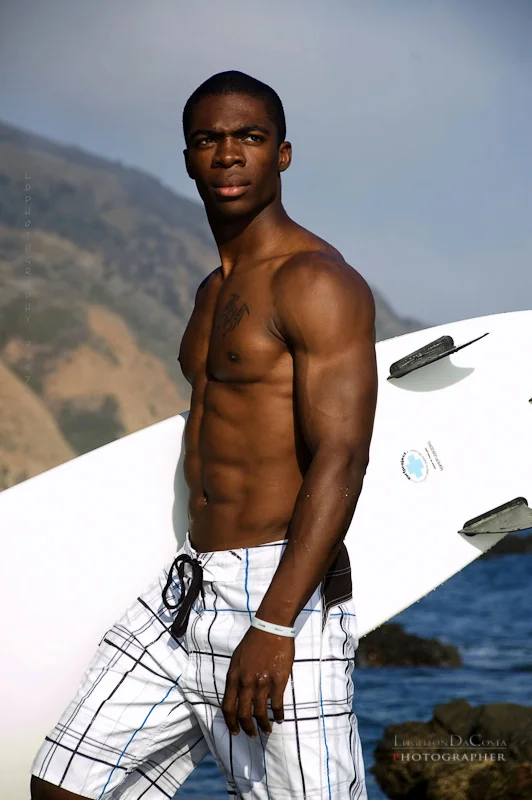A color Nook Tablet was one of the main competitors against the iPad in 2010-2012. In less than 10 years, the proprietary nook has become obsolete, and is now co branded with other Android based tablets.
In 1965, co-founder of Intel, Gordon Moore, postulated that the amount of circuitry that could be placed on an integrated circuit (IC) chip would double every two years; or simply put, computing technology doubles every two years. A top of the line computer bought in 2000, would be in 2002, with the same specs or more, half the price.
So what does that mean for photography? Does Moore’s Law hold true? I feel it does, but not in the same way that I have seen written in other photography blogs. Most of those blogs discuss ISO sensitivity, or sensor resolution, then throw things into the mix like WiFi connectivity and touchscreens. For this discussion, I want to get away from tech features, and just expand on the technology itself and how it pertains to the business side of photography.
Captured circa 2007 Nikon D50
You see, while many people get caught up on the time frame of the Moore’s Law, they miss sight of the premise. That there is an expected rate of change/improvement of technology that should be expected. With computers, currently, it is about 36 months (but sometimes as rapid as 18 months). What about cameras? With film cameras, the “tech” in the camera was directed towards the user in creation, not necessarily in content capture. After all, all cameras essentially used the same pool of available films. With digital cameras, the tech has been driven to content capture. ISO performance, pixel resolution, sensor design, and now, mirrorless technology have all made the process of content capture easier, but how much “better” is a new camera today over a used camera, when taking into account, Moore’s Law.
For the sake of this discussion, I will use the benchmark of $2,667. To achieve this number, I took the prices of the top three flagship bodies, the Sony a9, Nikon D5, and Canon 1D MkII; added them up, divided the result by three to get to the average price; and then divided by two. This in my opinion should be the number that a photographer looks at when deciding to buy a new/used camera for business. Essentially if the photographer bought the cameras in pairs, would that be the best value to a photographer who would need redundancy in his or her setup, like a wedding or sports photographer.
Captured circa 2010, Nikon D200
The business approach should look at what would provide the best bang for the buck or a great return on investment. If a photographer is using a 5-10 year old camera, strong consideration should be made towards a previous generation model. For example, if someone is shooting with a Canon 5D MKii, he might find better value in purchasing two 5D MK IV over one 5D MK V for close to the same investment.
At the end of the day, cameras are tools. The tools that are necessary to provide clients great and exceptional work. The better the tools, often the more efficient the work becomes.
The images posted in this post are from the Nikon D50, which was purchased new for around $800; Nikon D200, which was purchased as a clearance model for around $900 ($1900 new); and the Nikon D810, which was purchased as a refurbished model for around $2600 ($3600 new) about 6 months after release.
Captured circa 2017. Nikon D810
While many will say that it’s the hunter and not the arrow, technology DOES matter. The hunter with a rifle, and the hunter with a bow, have their own unique advantages. As the marketplace opens access to more and more technology to compensate for (lack of) technique and skill, more reliance will be placed on the non technical aspects of business.





